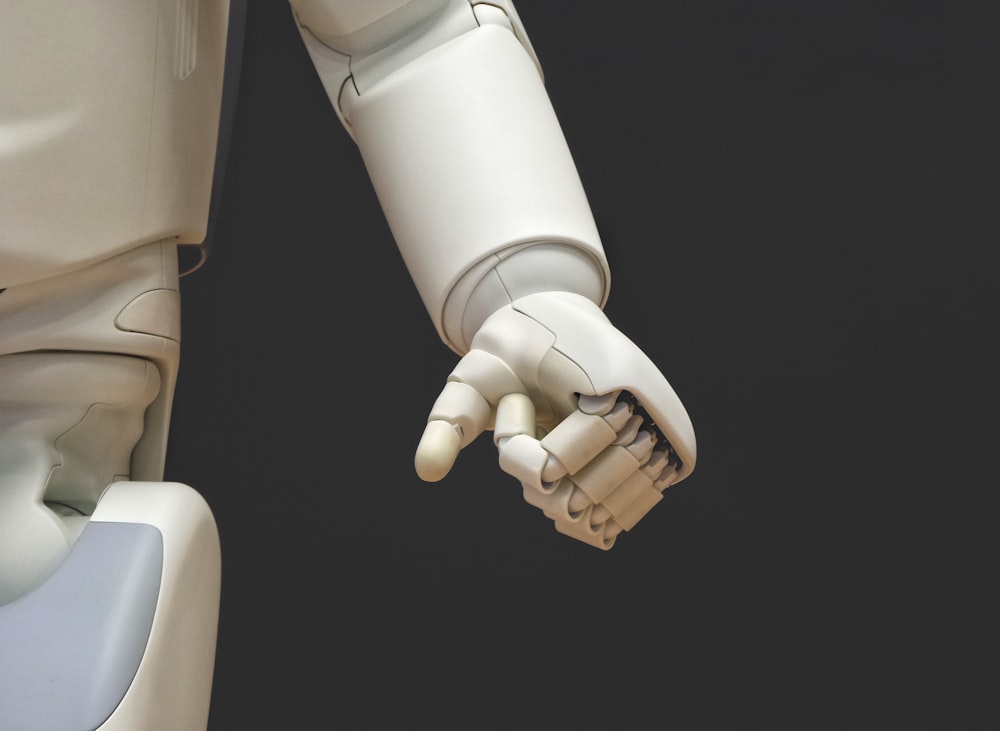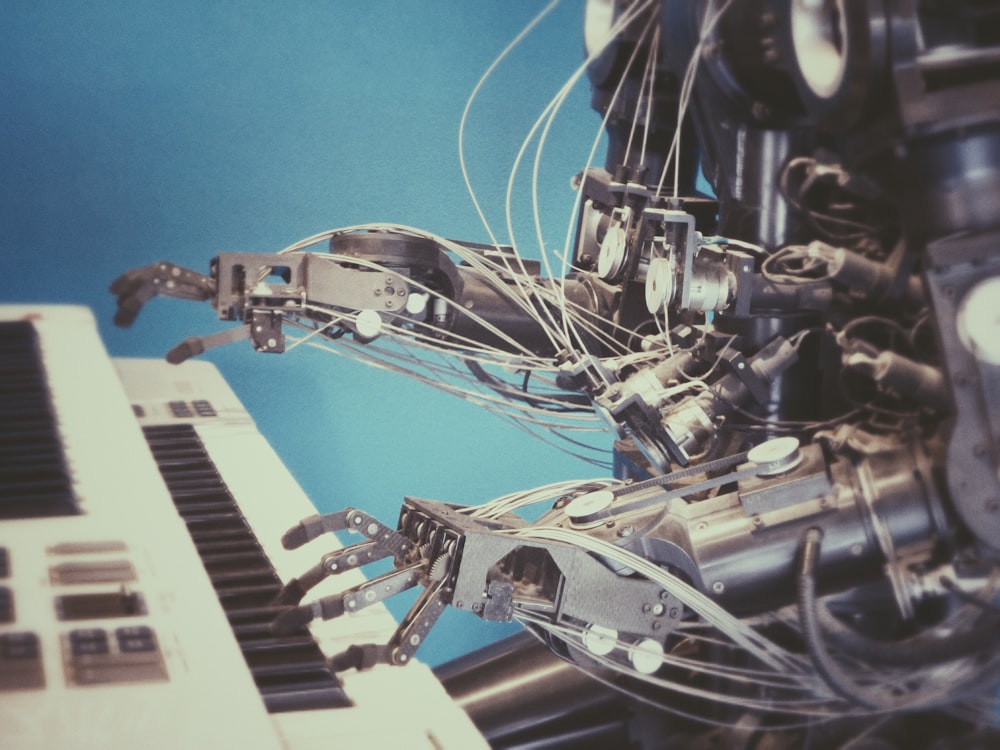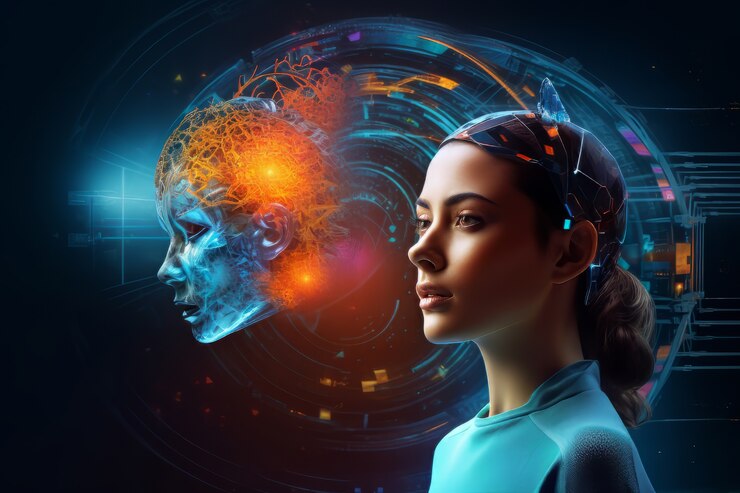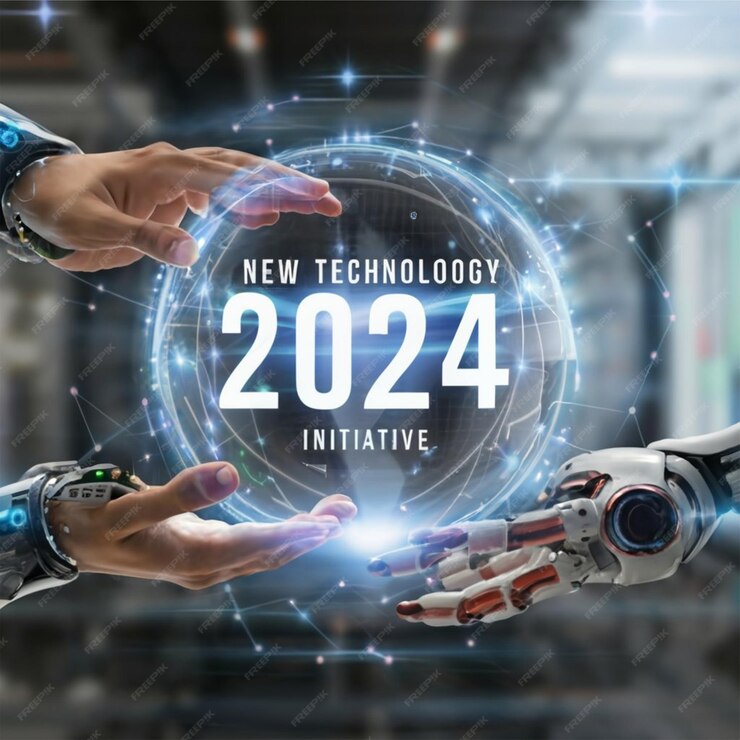Introduction to Artificial Intelligence
Artificial Intelligence (AI) is a branch of computer science that creates systems capable of performing tasks that typically require human intelligence. These tasks include understanding natural language, recognizing patterns, solving problems, and making decisions. AI is built on the idea that a machine can be given the ability to learn from data, improving its performance over time without being explicitly programmed for each specific task. This field blends elements from mathematics, psychology, and computer engineering to achieve its goals, making it one of the most interdisciplinary and rapidly advancing areas of technology.
AI technology ranges from the simple algorithms used by digital assistants on our phones to the highly complex neural networks driving autonomous vehicles. At its core, AI aims to mimic or even surpass human cognitive functions. With advancements in machine learning and deep learning, AI systems are getting better at understanding the world around them, making smarter decisions, and interacting with humans in more natural and beneficial ways.
Understanding Artificial Intelligence

Definition of Artificial Intelligence
Artificial Intelligence (AI) is a branch of computer science that aims to create machines capable of performing tasks that would typically require human intelligence. These tasks include learning, reasoning, problem-solving, speech recognition, and visual perception. AI technology strives to make computers and machines as intelligent as humans, enabling them to think, learn, and adapt autonomously. It’s not just about programming computers to follow instructions; it’s about building systems that can understand and evolve.
Concepts and Components of AI
The world of AI is built on several core concepts and components that enable machines to mimic human cognitive functions. These include:
– Machine Learning (ML): This is a subset of AI focused on building systems that learn from data, improving their performance over time without being explicitly programmed.
– Deep Learning: Deep learning takes machine learning a step further by using large neural networks to process data in complex ways, enabling more advanced understanding and prediction capabilities.
– Neural Networks: Inspired by the human brain, neural networks are a series of algorithms that seek to recognize underlying relationships in a set of data through a process that mimics the way the human brain operates.
– Natural Language Processing (NLP): This enables machines to understand and interpret human language, facilitating interactions between computers and humans in their natural language.
– Robotics: This involves designing and creating robots that can perform tasks automatically, often tasks that are too dangerous or repetitive for humans.
– Expert Systems: These are AI systems that use a database of expert knowledge to make decisions or solve problems in specialized fields.
By integrating these components, AI systems can perform a wide range of tasks, from simple ones like recommending a movie based on your viewing history, to complex ones like conducting sophisticated medical diagnoses.
How Artificial Intelligence Works

Machine Learning
Machine Learning is at the heart of most AI systems, functioning as the brain that enables machines to learn from data. It involves algorithms that automatically improve through experience. ML systems are fed large amounts of data, which they use to make predictions or perform tasks. For instance, an ML algorithm can learn to identify spam emails after being trained with examples of both spam and non-spam emails. Over time, it becomes adept at filtering out unwanted emails based on the patterns it has learned.
Deep Learning
Deep Learning is a subset of machine learning that uses neural networks with many layers (hence “deep”) for learning. These layers are composed of nodes, and each layer transforms the input data to allow the next layer to learn a more abstract representation of the input. Through deep learning, computers can recognize patterns and characteristics in the data they process, similar to the way humans perceive the world. This is particularly effective in image and speech recognition tasks, where deep learning models can achieve impressive accuracy levels.
Neural Networks
Neural Networks are a crucial part of what makes AI work, especially in the realms of deep learning and certain aspects of machine learning. A neural network is comprised of interconnected units (nodes) that process information in a manner akin to the neural connections in the human brain. These networks take in input data, process it through multiple layers of connections, and provide output for tasks such as classification, recognition, and prediction. The real power of neural networks lies in their ability to learn complex patterns and relationships within the data, enabling them to make sophisticated decisions or predictions. The “training” of a neural network involves adjusting the weights of the connections based on the results of many iterations of processing data, gradually improving the network’s accuracy in performing its designated task.
Through these complex yet fascinating components and processes, artificial intelligence continues to evolve, learning from the vast amount of data it processes. This ongoing development is what makes AI an integral part of modern technology, transforming industries and daily lives by making machines smarter and more capable.
Applications of Artificial Intelligence

The advent of AI has revolutionized not just technology sectors, but nearly every aspect of human life. From enhancing daily tasks to solving complex problems, AI’s applications span diverse fields. Here, we delve into its transformative impact on healthcare, finance, and transportation.
AI in Healthcare
Artificial intelligence in healthcare is making significant strides, revolutionizing patient care, diagnosis, and treatment processes. AI tools and algorithms can analyze vast amounts of health data, leading to more accurate diagnoses, personalized treatment plans, and predictive health outcomes. For instance, AI-driven imaging tools enable early detection of diseases like cancer, often with higher precision than traditional methods. Moreover, AI-powered robots assist in surgeries, performing tasks with a precision that reduces recovery times and improves outcomes. Beyond treatment, AI is instrumental in drug discovery and epidemiology, significantly shortening the time it takes to bring new medications to market and understanding disease patterns.
AI in Finance
In finance, artificial intelligence is reshaping how we manage and interact with money. AI systems are deployed for fraud detection by analyzing transaction patterns and flagging anomalies that may indicate fraudulent activities. Furthermore, AI-enhanced algorithms are used in trading, enabling high-frequency trading strategies that can predict market movements and execute trades at optimal times. Personal finance is another area benefiting from AI, with chatbots and virtual assistants guiding individuals through investments, savings, and spending strategies, creating a more personalized banking experience.
AI in Transportation
Artificial Intelligence is steering the future of transportation towards efficiency and safety. Autonomous vehicles, powered by AI algorithms, navigate roads by processing data from sensors and cameras in real-time, promising a future with fewer traffic accidents. AI is also optimizing public transportation systems, improving scheduling, reducing congestion, and enhancing passenger experience through predictive maintenance and real-time updates. Moreover, AI-driven logistics and supply chain management are revolutionizing cargo and delivery services, enabling more efficient route planning and tracking.
Impact of Artificial Intelligence
The implications of artificial intelligence extend across every sphere of society, offering both remarkable advantages and facing significant challenges and ethical considerations.
Advantages of AI
AI technology is a powerhouse of efficiency and innovation. One of the most notable advantages is the automation of repetitive tasks, which frees up human labor for more complex and creative work. This, in turn, can lead to increased productivity and efficiency across various sectors. Additionally, AI systems are capable of processing and analyzing data at a scale that is impossible for humans, leading to insights that can drive decision-making and innovation. In healthcare, the predictive capabilities of AI can lead to earlier diagnoses and personalized medicine, significantly improving patient outcomes. In terms of accessibility, AI technologies like natural language processing and machine learning are making technology more accessible to people with disabilities by providing more intuitive ways to interact with digital services.
Challenges and Ethical Concerns
Despite the potential benefits, AI poses several challenges and ethical concerns. One of the most pressing issues is the potential for job displacement, as automation could render certain roles obsolete. Additionally, there are significant concerns around privacy and surveillance, as AI systems often rely on vast amounts of personal data. Bias in AI is another critical issue, as machine learning algorithms can inadvertently perpetuate and amplify societal inequalities if they’re trained on biased data sets. Furthermore, the deployment of autonomous weapons and surveillance technologies raises moral and ethical questions about the militarization of AI.
Future of AI Technology
As we look towards the future, the trajectory of AI technology seems poised for exponential growth and deeper integration into society. Advancements in quantum computing may further enhance AI’s capabilities, enabling even more complex problem-solving. The ongoing democratization of AI tools and platforms promises to lower barriers to entry, allowing more individuals and organizations to innovate with AI. However, parallel to technological advancements, there will be a pressing need for robust ethical frameworks and regulations to ensure AI’s development and deployment are in line with societal values and human rights. The future of AI, thus, is not just about technological breakthroughs but about shaping a future where technology works for the benefit of all.
Conclusion: Reflecting on the Power of Artificial Intelligence
The journey into the world of Artificial Intelligence (AI) takes us through a land of endless possibilities and innovation. AI’s power in revolutionizing industries, enhancing human capabilities, and solving complex problems cannot be overstated. From healthcare to transportation, AI technology brings efficiency, accuracy, and unprecedented levels of automation. The unique combination of machine learning, deep learning, and neural networks enables AI to learn, adapt, and make decisions with minimal human intervention. As we embrace this transformative technology, it’s crucial to navigate the associated ethical considerations and ensure its development benefits humanity as a whole.
In conclusion, Artificial Intelligence stands as a testament to human ingenuity, symbolizing our quest for progress and betterment. As AI continues to evolve, its impact on our lives and society will undoubtedly grow, opening doors to uncharted territories of innovation and discovery. By understanding AI’s mechanisms and potential, we can harness its power responsibly, shaping a future where technology and humanity synergize for the greater good.
Follow us for more


